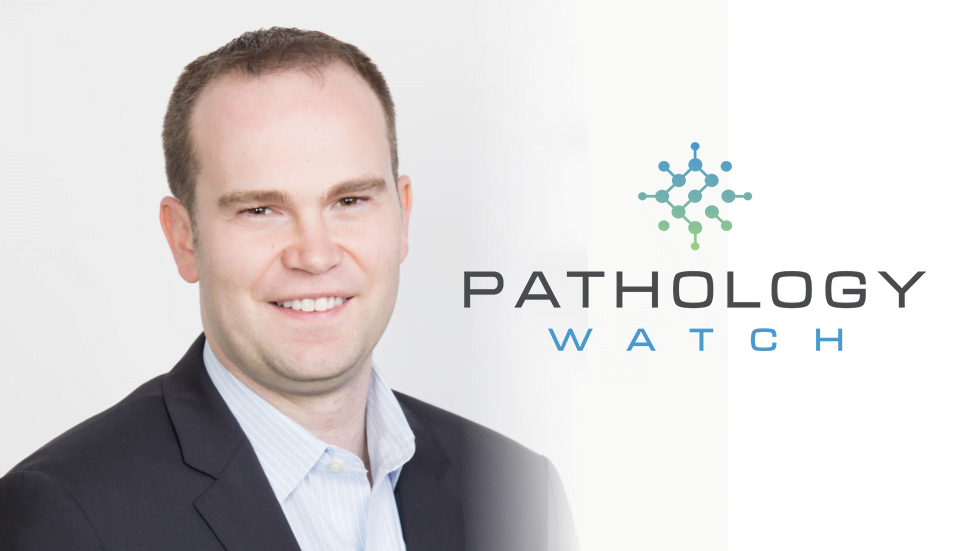Although healthcare providers have become accustomed to digital solutions in recent years, these solutions have only recently been introduced to dermatologists. But how much can digital pathology really do for dermatologists?
Dan Lambert, PathologyWatch CEO, recently joined Aleksandra Żuraw, DVM, PhD, host of the podcast Digital Pathology Place, to share how PathologyWatch’s quick, convenient, and comprehensive digital pathology solution is transforming the dermatology industry.
Here are some highlights from Dan and Aleksandra’s interview:
How does digital pathology empower dermatologists?
Dan: For the first time, the dermatologist is not only getting just a fax report over. They’re actually getting to see the case and see the area that the pathologist has highlighted. And now, also for the first time, a lot of our dermatologists are showing the case to the patient, showing why there’s going to be a procedure. . . . There can potentially be financial upside here, in that if the dermatologist is reading the case, it may increase the complexity of the visit. . . .
The second compelling factor for dermatologists is that because our system is integrated with their EMR, they’re typically saving, on average, about 25 hours per month, per clinic, not having to deal with organizing patient cases. And they really value that time savings.
And then number three is simply better patient care. You’re less likely to have errors if the dermatologist can see the image and they can make sure it’s the right patient and the right case.
How do you stay ahead of the competition?
Dan: We’re deep into research on the AI front of trying to figure out how do you detect different tumors and skin conditions, and how do you make it really accurate so that it can be a true assistive device, or an assistive tool, for both dermatologists and dermatopathologists?
We’ve introduced some new staining techniques that aren’t used generally in other laboratories. We’ve also switched to fully automated equipment, and we’re not doing a lot of processes by hand that introduce variability. And that tight control of the process means true consistency. And then also a number of QA/QC processes that exist in our lab that do not exist in other laboratories, to make sure that those inputs are the best that they possibly can.
Did you have a failure that set you up for success?
Dan: We needed to be able to detect the edges of the tissue so that we can eventually do things like measurements. And so we introduced this green stain that would highlight the edge of the tissue, and it took us a couple of months of trying a bunch of different colors to try to capture this special staining. And the ink would get on other parts of the tissue, other colors would get washed out. . . . Working through some of those actual laboratory changes [was] very important. . . . We finally got a staining technique that works consistently on probably about 98% of tissue.
You won’t want to miss this intriguing interview! Click here to access the full podcast and learn more about how dermatologists can save time, improve communication, and provide a better patient experience by going digital.

